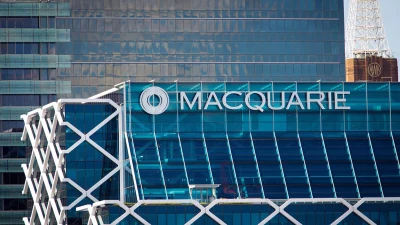Fiducian turns in strong half



Publicly-listed financial services group Fiducian Portfolio Services had turned in a strong first half, reporting a consolidated after-tax profit of $1.690 million for the six months ended 31 December, up from $1.067 in the previous period.
Commenting on the result, Fiducian managing director Indy Singh said the company had embarked on a series of cost-cutting and cost-recovery measures and these had supported the profit growth.
The directors have voted to pay an interim fully franked dividend of 3.40 cents per share.
Discussing the dynamics of the business, Singh indicated the company remained in the market for financial planning acquisitions.
"In the past year, we have acquired two client bases and allocated around $800,000 of cash — the full benefits of these acquisitions are still to be realised in the results but will occur over time," he said.
Singh said Fiducian Business Services was starting to build steady volumes through its accountancy resourcing division, with a second accounting practice having been acquired in November.
Recommended for you
In this episode of Relative Return Insider, host Keith Ford and AMP chief economist Shane Oliver unpack the RBA’s decision to keep the cash rate on hold in the face of rising inflation and whether the governor’s hawkish tone is a sign of things to come.
In this episode of Relative Return Insider, host Keith Ford and AMP chief economist Shane Oliver discuss the September quarter GDP figures, which show Australia’s economy regaining momentum.
In this new episode of The Manager Mix, host Laura Dew speaks to Haley Devine, head of wealth management at MaxCap Group, to delve into private credit and commercial real estate.
In this new episode of The Manager Mix, host Laura Dew speaks to Benjamin Leung, head of systematic investments at Macquarie Asset Management, to understand the use of systematic investments.







